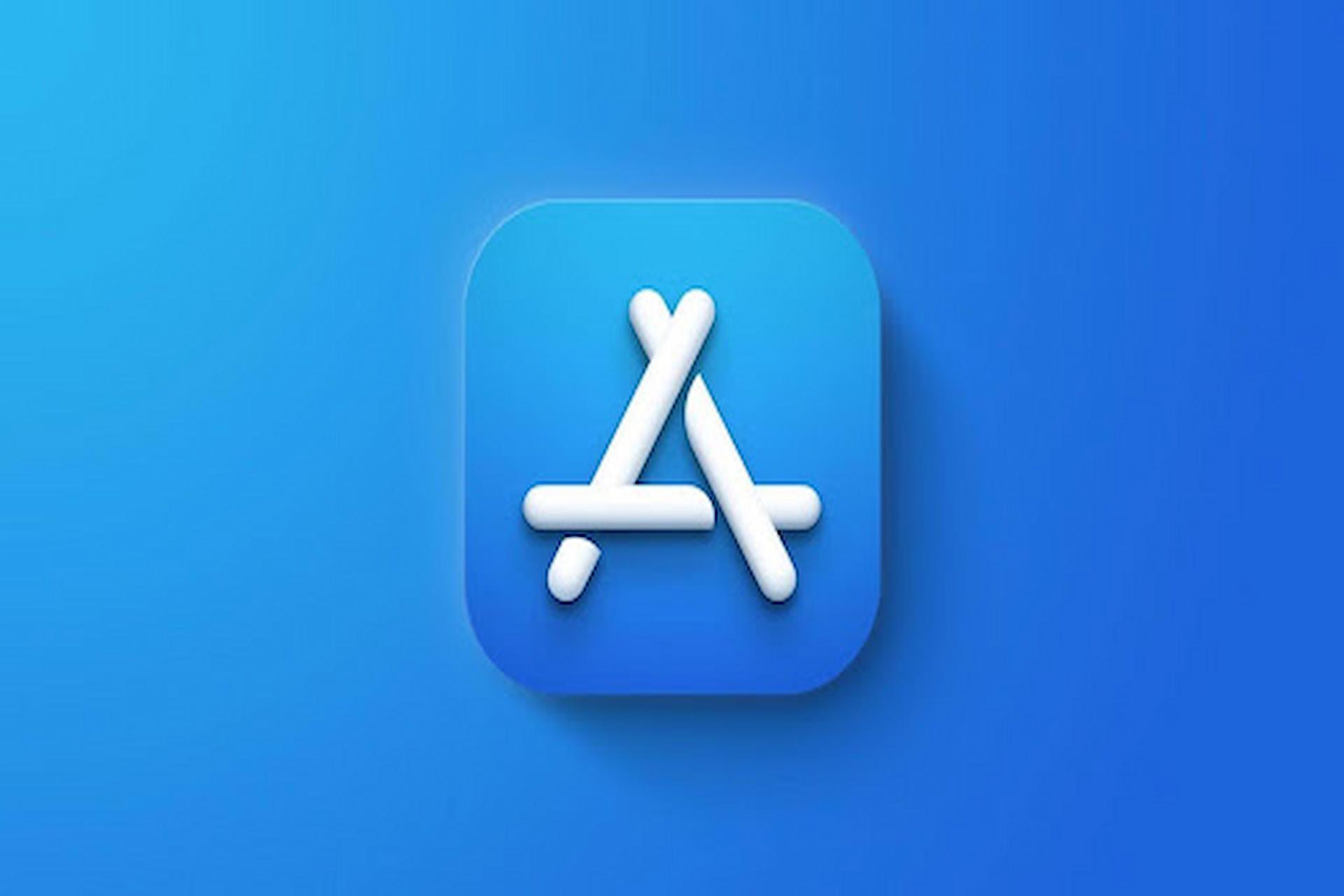It looks amazing when you develop an app and get ready to launch it on the App Store or Google Play. But then, suddenly, you get a rejection notice. It is frustrating, and almost everyone has to deal with it. However, one good thing is that App Store rejections are a learning opportunity, not just the end of the world.
If you are a developer or an app development company it will be the most common hurdle for you all to deal with. The reasons for rejection can vary from a wide range of technical issues to design flaws, violating platform guidelines, etc.
However, it is normal to understand them; you just have to remain encouraged through the journey and approach this constructively.
By the end of this blog, you will be well prepared to deal with app rejections and bounce back stronger. We will start with the reasons behind an app store rejection first.
Why Apps Get Rejected
It sounds wise to understand what causes rejection rather than going straight for solutions. This will help you grasp the root causes behind its rejection and also a learning lesson to avoid such practices in the future.
- Bugs or Poor Functionality: If you feel like your mobile app crashes, freezes, or doesn’t work as expected, it’s undoubtedly gonna get rejected. Both Apple and Google have made user experience their top priority.
- Missed Guidelines: The app store recommends that developers strictly adhere to guidelines covering everything from design to data privacy. If your app product violates even a minor issue, it will not get approved.
- Misleading or Incomplete Metadata: It is paramount to add clear, honest, and complete app descriptions, screenshots, and other metadata needed. Those whose description doesn’t match what your app actually does or who missed out on important details could lead to rejection.
- Privacy & Security Problems: Playstore is strictly concerned about how you handle and protect user data. They can strike down your app if it mishandles data or don’t have a clear privacy policy.
- Poor Design: A cluttered, confusing, or inconsistent design is a red flag. So, it is better to go for sleek, user-friendly designs to avoid having a rough interface and no risk of rejection.
- Issues with Purchases: Apps with in-app purchases are required to use platform gateway systems; failing to do so is the most common reason for rejection.
How to Handle App Store Rejections
To be real, it is a bit complicated to avoid app store rejections completely, but there are a few tips to act like a pro and grow your chances of approval next time.
Read the Rejection Message Carefully
Developers often get confused when they see a rejection notice; it’s very natural to act like that. What matters most is to take a deep breath and read the rejection message closely. App Store always keeps you in the loop about specific reasons behind its rejection.
You are advised to go through the guidelines and see what violates them compressively. Don’t rush quickly for resubmissions unless you are 100 % sure about the issue.
Go Over the Guidelines Again
Once you understand the reasons behind the refusal, return to the platform’s guidelines. It is possible that things might have changed since you last went through them, and it is still possible you would have missed something in your last read. Check for sections that guide you about features or category to remain clear.
Fix the Issues
It’s time to react and fix the problem. It can be either a bug, a design tweak, or adjusting how you handle user data; you just have to affirm that everything is flawless and resolved. Test your changes thoroughly across different to check functionality. You can also conduct testing to catch any hidden bugs.
Add a Detailed Note When Resubmitting
While you are resubmitting, it is necessary to add a note regarding a change you have made. This will help you and the app store teams to overview changes that were made quickly. You shall remain professional and to the point on that note. Try to show them your effort to fix the issues and your commitment to avoid them in the future.
Communicate with the App Review Team
If the rejection isn’t clear or you’re unsure about a guideline, you can contact the app review team for clarification. Apple allows you to file an appeal through the App Review Board, and Google Play has a support team that can assist you with policy-related inquiries. Engaging with the review team shows your proactive approach to resolving the issues and can sometimes expedite the review process.
Stay Persistent – Rejection Isn’t the End
Sometimes, apps get rejected more than once. And that’s okay! Each rejection helps you improve. Keep refining your app based on your feedback, and don’t give up. Keep track of the changes you make after each rejection. This will help you stay organized and avoid repeating mistakes in future versions.
Test Your App Before Submitting
Both Apple and Google offer pre-submission testing options. Apple’s TestFlight lets you beta test your app with real users, and Google has Open and Closed Testing programs that help you catch issues before the official review. Use these tools to get feedback and identify problems early before the app store reviewers do.
Here are Tips to Avoid Rejections
App stores regularly update their guidelines, so make it a habit to check them before submitting your app or pushing out a big update.
Test your app on different devices and operating systems and use cases to catch issues that could lead to rejection. Quality assurance (QA) is key.
A sleek, user-friendly design will reduce the chances of rejection and improve your app’s overall appeal.
Ensure your app handles user data responsibly, with a clear privacy policy that users can easily access.
Stay updated on app store trends, like what features and functionalities are becoming popular, to keep your app relevant and appealing.
Final Thoughts
App Store rejections sometimes work best for developers since they get to know about a crucial aspect of development that has been overlooked. Once they improve and refine based on feedback, they get a fully functional app in their hands.
So, rather than getting bogged down and frustrated, it is better to keep in mind that it is part of the process. So don’t feel defeated; view it as a stepping stone to a better app. Take out your time and fix issues with full dedication. Learn from it, come back stronger, and never make such mistakes again.
Still struggle to submit your app on the app store? Hire an app development company to help you meet the strictest app store guidelines.




